Mark Lettieri: “Learn the differences in how a rock guitarist plays a chord and how a country musician plays a chord... because they exist!”
The Snarky Puppy virtuoso shares key session lessons and ponders his own success
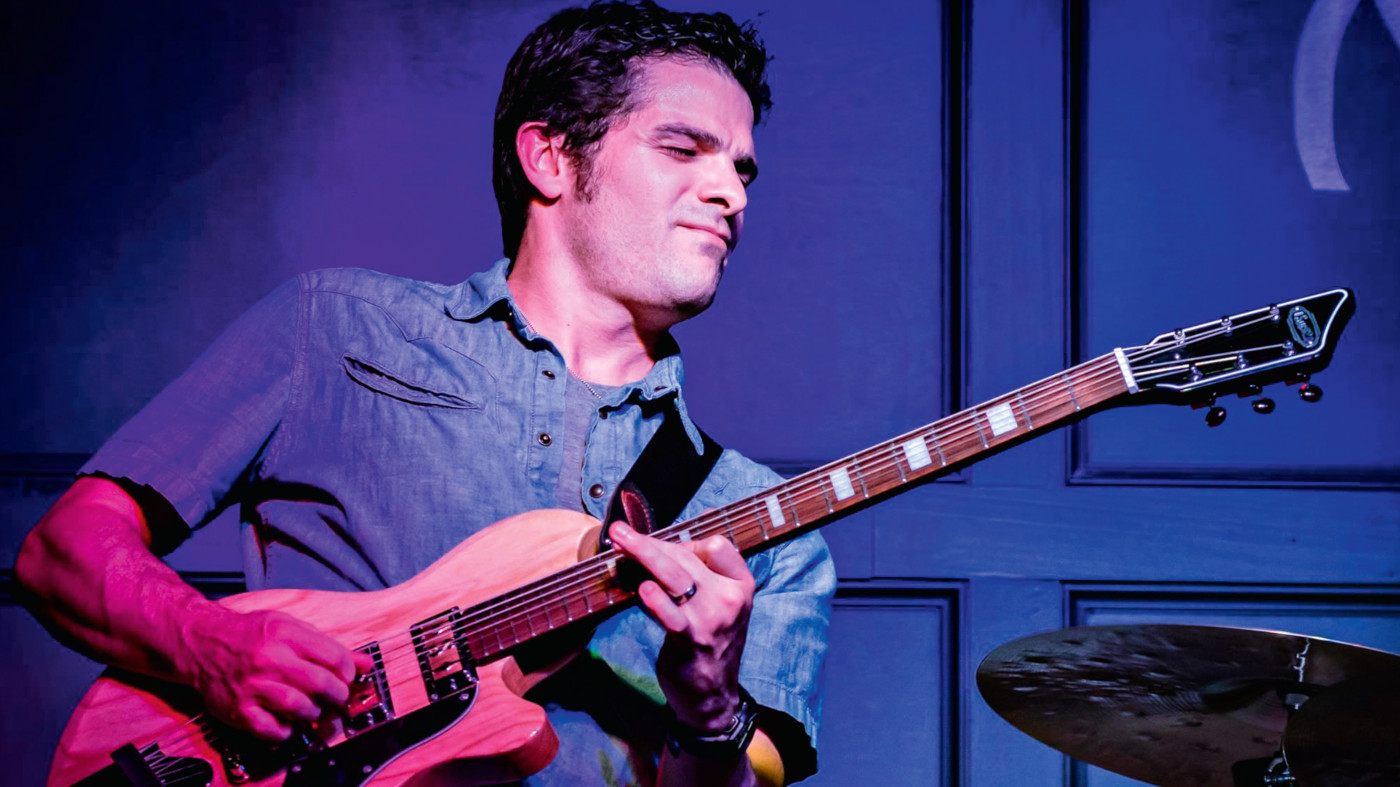
Mark Lettieri’s CV reads a bit like make-believe.
Beyond winning Grammys in fusion collective Snarky Puppy and fronting his own trio, the Californian-born, Texas-based 35 year-old has performed with the likes of Erykah Badu, Nelly and Dave Chappelle.
He’s appeared on tracks alongside Eminem, Snoop Dogg, 50 Cent, David Crosby and Xzibit, as well as playing in the house band for the Marcus & Joni Show, a Christian variety programme that gets broadcast to over 200 countries. He is most definitely not your average guitar player.
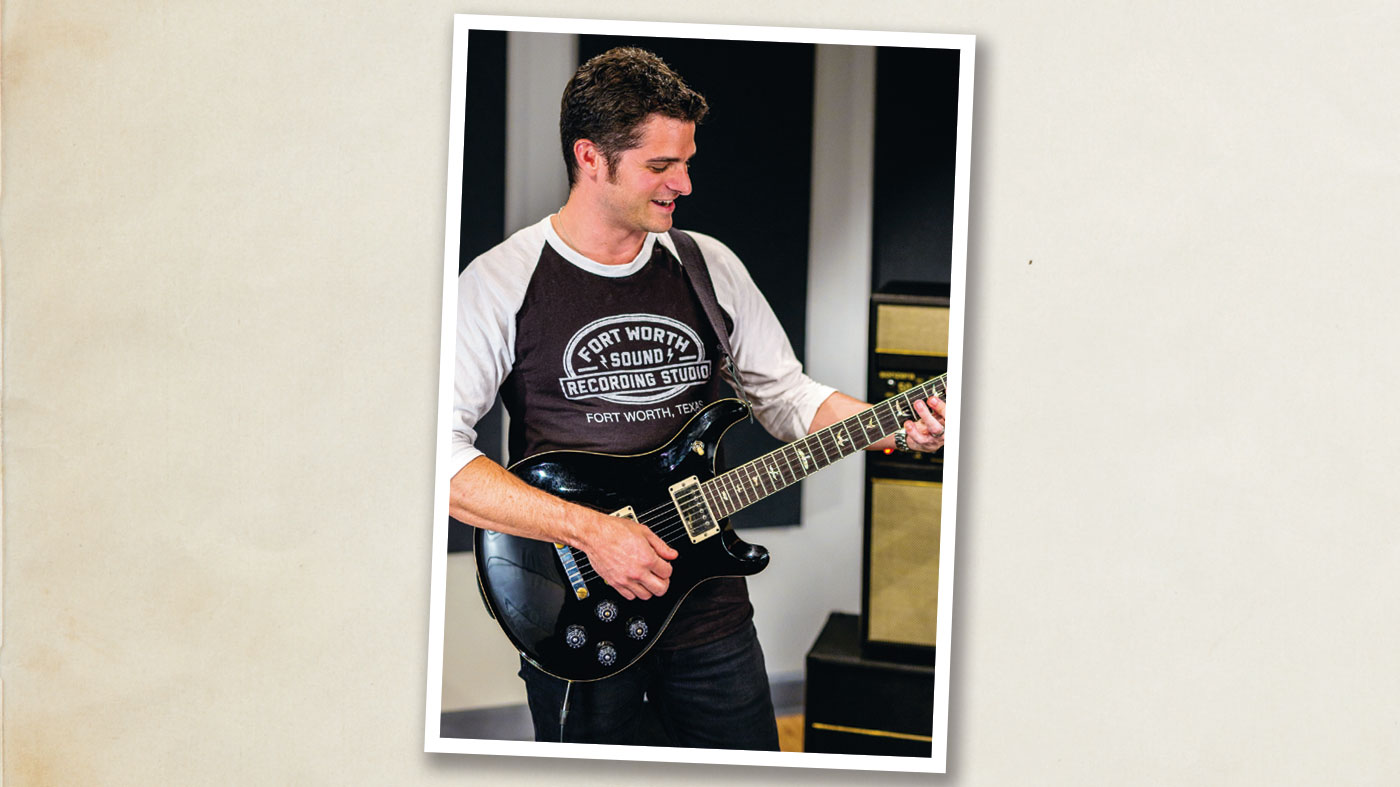
This year, he’s already released new music in Snarky Puppy’s Immigrance and solo album Deep: The Baritone Sessions - both bands hitting the road on either side of the pond and filling up his diary through to Christmas, having kicked off 2019 touring through Japan, Australia and New Zealand.
Here, the busiest man in funk not called Nile Rodgers gives us a run through the secrets behind those watertight rhythms and finger-twisting chromatic leads, explaining how discipline and versatility helped get him to where he stands today...
A lot of your playing comes down to feel and playing in the ‘pocket’. How exactly did you hone in on that?
“You know what’s interesting? I think most of my time-feel came from playing to records rather than practising to a metronome. I did that every now and then, but mostly it was just learning parts from R&B and soul albums. I would learn the guitar parts and play along to the record as close to possible - I think doing that is what could really help people.
Get the MusicRadar Newsletter
Want all the hottest music and gear news, reviews, deals, features and more, direct to your inbox? Sign up here.
Listen out to the dynamics being used - that’s a big part of funk playing
“To give you a blanket answer, any Stevie Wonder, Prince, Sly And The Family Stone or James Brown would work well for this. Especially James Brown - that stuff is like going to the gym for funk guitar!”
Is that how you warm up for shows?
“Honestly, I don’t really warm up before shows... sometimes I don’t even have time to. If it’s my own gig, I’m usually running around trying to make sure all the other logistical things are ready to roll, then I just pick up the guitar and hopefully it will sound the same as it did at the end of soundcheck.
“There’s a Prince song called Lady Cab Driver and if you can nail the guitar parts on that, it will be great for you. There are two stereo parts: one doing a certain voicing and the other doing a similar thing. Train your ear to hear them separately, dig in and play it like the record. You can sound like Prince, though it’ll never feel exactly like him.
“There’s also the James Brown tune Super Bad; during the B section it goes to the four chord and the guitar plays this little screwed-up single note line... to play it just like the record, that will take some serious discipline. It’ll be good for your right hand because you are just focusing on one string, but listen out to the dynamics being used - that’s a big part of funk playing.”
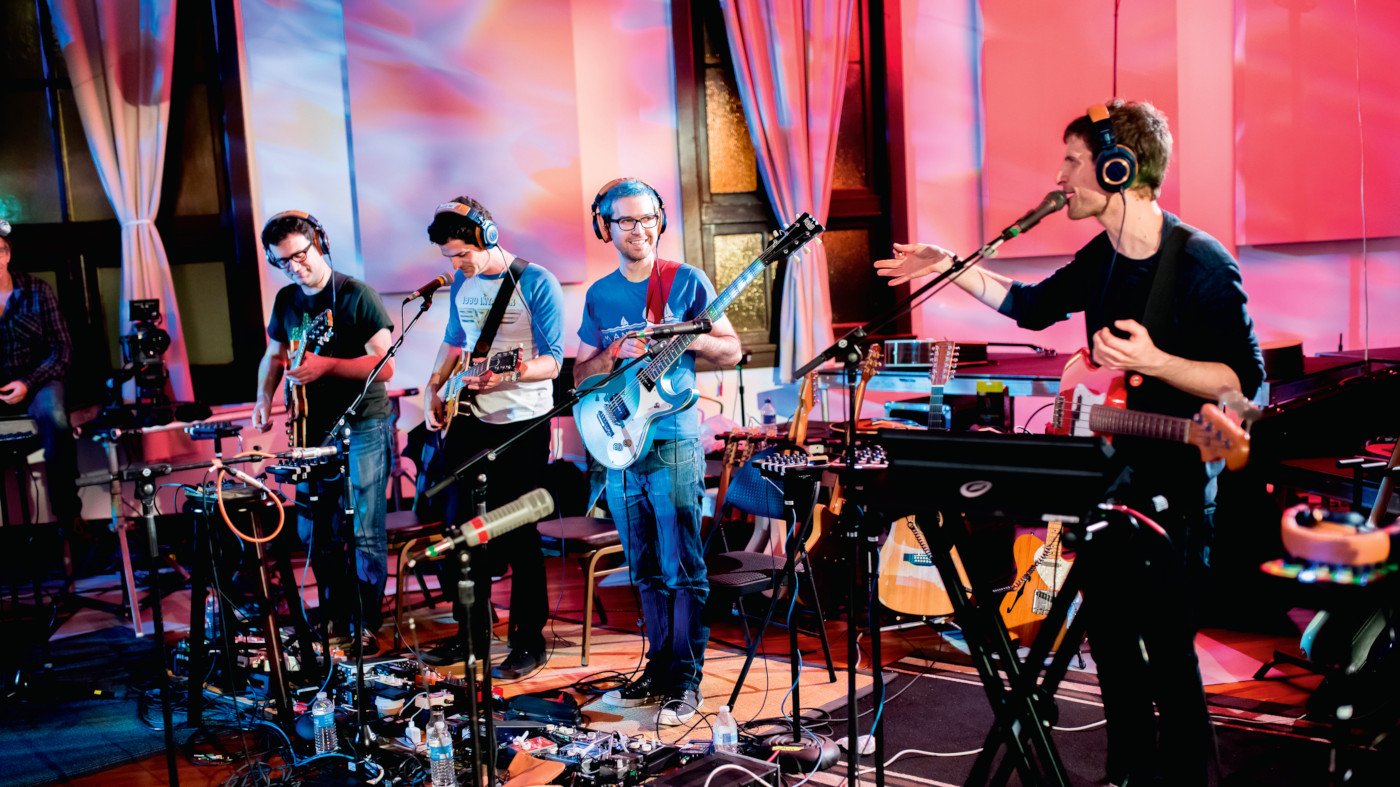
Learn the language
A lot of funk guitar comes from a more restrained place, ultimately serving the song...
“Yes, though I wouldn’t say those parts are simple - and they’re not complex either. What they are is very accurate and straight. Sometimes they don’t change. You might have a guy on a track playing a ninth chord for seven minutes. If you have the discipline to do that, that’s how you learn to play in the pocket - it’s much harder to nail the rhythmic side without that kind of discipline.
“I think there’s a restraint involved; it’s all about not doing more than what the song needs. That’s the kind of approach that will see things come together.”
The drummer I’m playing with will have their own language that I respond to
It seems to be working for Snarky Puppy, who you joined in 2008...
“Playing in that band, I have to be really specific in what I play - there’s so much going on and a lot of people playing at the same time. Whatever I play has to fit in the right spot, not just in the arrangement, but in the groove.
“We’ve all probably studied the same stuff, so we’re all coming from the same place when we groove together. A lot of my playing comes from playing off the drummer, even my soloing...”
What About Me? feels like a good example of that - lead playing with rhythm in mind perhaps even more than melody...
“Definitely - and whichever drummer I’m playing with will have their own language that I respond to. They also respond different to what I do. But a solo like that, because it’s so open, the main thing is to keep the audience interested. The contrast or question and answer stuff is done on purpose because I want to keep people on their toes about what might happen next.
“I might play a blues phrase, then play it again but adding some chromatic tones - similar but different - in order to move things forward in the arc of the solo. Then maybe I’ll switch to a rhythm thing, I do that a lot on that particular solo, where I mix in a lot of chordal stuff. I find when you are playing with drummers that great, you want to play rhythms not solo!
“I try not to make it too showy, though it should be entertaining in some respect. I’d rather see one simple part played tastefully and funky than something complex that drags, rushes and shifts.”
Since then, you’ve also shared the stage or played on tracks with some of the biggest names in hip-hop and soul. How exactly did that happen?
“There’s an interesting story behind all of these. Erykah Badu is a local Dallas artist, she grew up here and always had her band based out here. I’ve been working with her in the live arena for a couple of years now, on and off, in and out of tours.
“Through her is how the Snoop Dogg thing happened - her band leader RC Williams has his own band called RC & The Gritz. He used to play with Snoop Dogg, so when he was making his first record, he got Snoop in to spit a couple of verses on a tune that I played on called That Kinda Girl. That was pretty cool, hearing my guitar behind Snoop Dogg!
“When I was 11, I never would have thought I would end up playing on a track with him. I don’t even know if I was allowed to play his music when I was that age!”
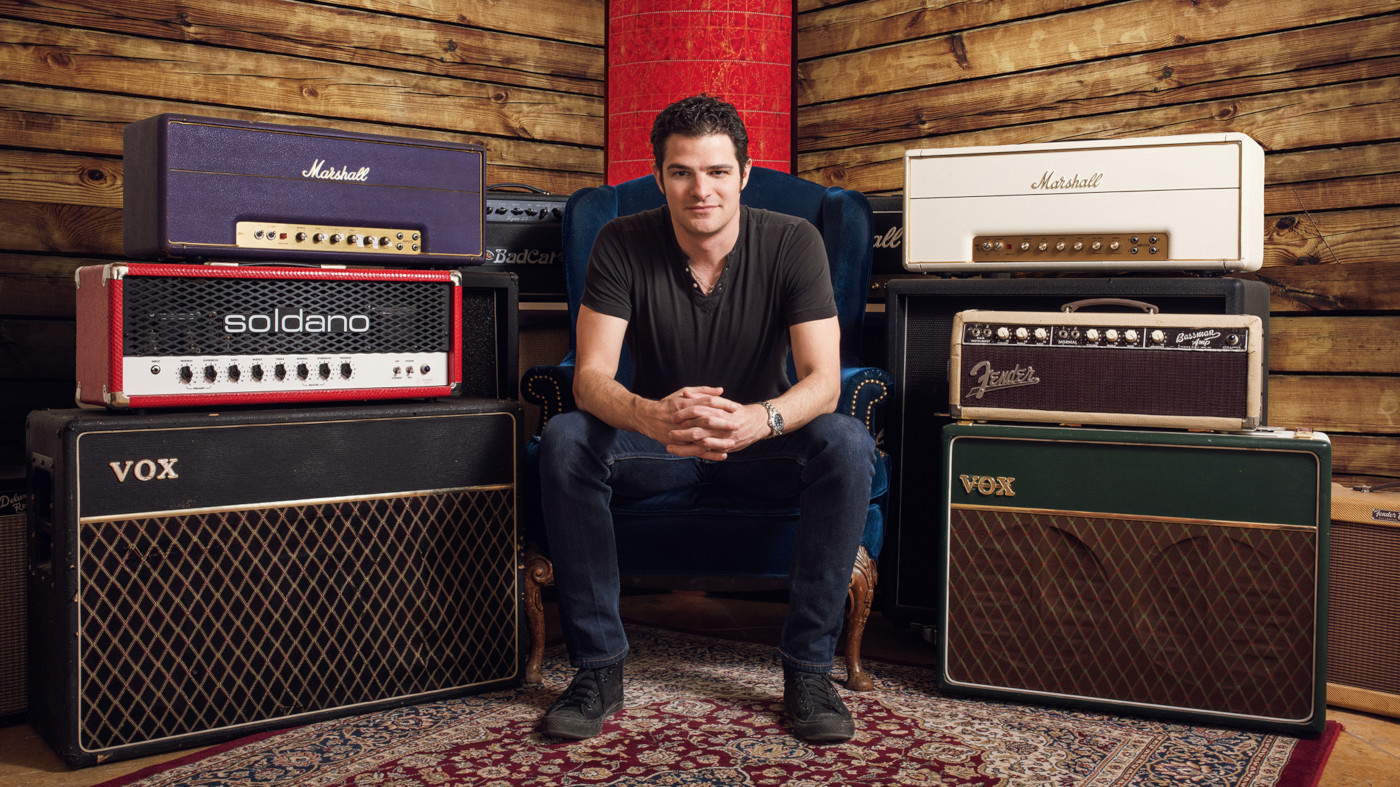
Three birds, one stone
Was it similar with Eminem?
“Sure, I worked with a producer called S1 who has done stuff for Beyoncé, Madonna, loads of people. I don’t even think he knew where this track would end up being placed, maybe he did, but I certainly didn’t.
“I came over to his and did this song in about 15 minutes, it really was that quick. We plugged the guitar straight into the computer and I don’t even think there was a sound... I was playing dry!
“He put a plugin on the loop and then told me a couple of weeks later that my guitar would be on 50 Cent’s record with Adam Levine singing the chorus and Eminem doing the verses. I was like, ‘What?!’ In just 15 minutes, I managed to kill three birds with one stone.
So much session work is done remotely that I don’t know what happens to the tracks after they leave my computer
“That’s how a lot of session work happens these days, so much is done remotely that I don’t know what happens to the tracks after they leave my computer or after I leave the producer’s house. S1 is constantly writing, producing and submitting tracks that end up on big records. I probably need to go back and find these things!”
Your main guitar is a Grosh. How did you first find out about such a niche and boutique brand?
“I got pinged to him through a mutual friend of mine. I was in the market for something that was like a boutique Strat. The Fender I had at the time was great but there were a couple of things about it that I felt could be more precise or generally cooler.
“Don Grosh builds his guitars in Colorado; he’s been a boutique luthier for quite some time now. I think he was with Valley Arts or something like that way back in the day but he’s had his own company for quite a while now.
“I emailed Don explaining I played in this band called Snarky Puppy and for whatever reason seemed really infatuated by his guitars even though I’d only played one or two of them. They were great but I felt he could make me something that was awesome.
“So I put in an order and he built me this dream Strat and that’s been my main guitar for a long time. People think it’s a Fender because the headstocks are kinda similar.”
And you have no shortage of boutique amps too, blending the sounds of Pure Sixty Four, Naylor, Supro and vintage Fenders...
“The one I use live is a Supro Statesman, which is a 50-watt head and a 2x12 cab. I record with that one as well, but my studio setup tends to be more involved, at least amp-wise.
“I usually plug in at least two amps at a time. I have a record coming out later this year that had stereo guitars, either the Naylor and the Supro, or the Supro and the Pure Sixty Four. Though sometimes it was the Pure Sixty Four and the Naylor... haha! So I guess I like to have everything turned on and then when we’re mixing the tracks, we’ll either blend the amps or use one.
“The Statesman has found itself on stage at pretty much every gig. It records great, too; it has characteristics of both the Pure 64 and the Naylor. It’s very reliable and takes pedals really well, too... all my amps are really good at that.”

Get involved
You occasionally use your vibrato arm to glide between different chords. What’s the secret to this?
“I have to give credit where it’s due: I saw a video of Phil Keaggy, a guitar player in Nashville, doing a similar thing. I had to go back and watch several times to figure out how he was making that sound. He was doing it with other voices but I noticed if there’s one finger that stays put, then that’s how you can do the trick.
“So in terms of the right hand, I’ll play the chord, push the bar down but let the springs bring it back up - I don’t physically pull it up - I use the tension. As it comes up, I make a slide motion with other fingers, my first might go up, my fourth one down and the middle finger stays in place.”
For guitar players that have the chops, forget about that for five seconds and go meet some people
Some of your fusion-y solos mutate outside notes, even the whole-tone scale, into a pentatonic framework...
“Say if you’re in the key of B minor, you could play the whole tone scale over it and it will be what it is. What I tend to do is go from B minor pentatonic to Bb whole tone, it’s more about connecting the dots.
“I think I heard Allan Holdsworth say that once: he saw the fretboard as a series of ways to draw pictures. If I can draw a picture that relates to something I’ve already played, it usually sounds cool in my head.
“Mess around in that scale and find those outside notes, even just a flat-five, and build another picture off that. I try to make it sound unusual, but not to the point where I can’t bring it back in or lose people who might not like that stuff.
“The day I learned you could play the half-whole diminished scale over a 7#9 chord, I felt like I’d become a jazz guitarist! It’s simple but became a big part of my phrasing.
“I remember reading YouTube comments on one of my videos once and a guy asked, ‘I don’t understand why are you playing all these random notes?!’ I guess he didn’t get it and I was a little too far outside for him... haha!”
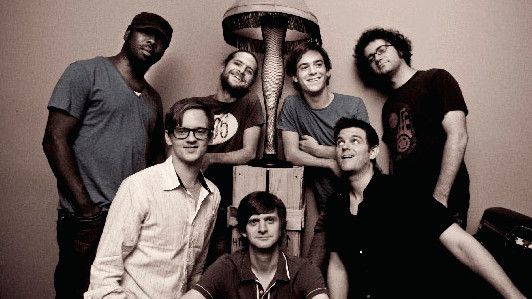
Any parting advice for all the session hopefuls out there?
“There are two sides to it. The first is the artistic and musical side. If you want to do session or freelance work where you get called upon to do a number of different styles, you have to study those styles.
“When you do, make sure you listen to it beyond the notes. Listen to the feel. Learn the differences in how a rock guitarist plays a chord and how a country musician plays a chord... because they exist! It’s in the tone, feel, timing that goes beyond just learning the notes. Know why it sounds the way it does. Heck, learn what gear was being used if you really want to go that deep... it’s all about the nuances.
“Of course, no one can do everything perfectly, but you can be convincing at least. I can do an R&B session and then be a relatively convincing country player later that day. I’m not Brent Mason, of course, but I’ll get the job done.
“On the business side. if you show up on time, have a good attitude and come prepared - you can work in the music business. You really can. For guitar players that have the chops, forget about that for five seconds and go meet some people. Get off your computer or phone, go to a jam session, introduce yourself, get your butt kicked and come back next week to do it all again. That’s just how things happen. Nowadays with Instagram, YouTube and all these ways of learning guitar, it feels like everyone is good.
“The talent level I see out there is amazing. That stuff is fine - keep learning - but get more involved with other people that are doing what you want to do - and then do it with them.
“A lot of guitar players wonder why things don’t happen for them and I guess they might not be out there trying to make things happen. You really have to put in the grind... I’m still paying my dues and it’ll probably never end!”
Snarky Puppy’s new album Immigrance is out now on the band’s own GroundUP Music label.
Amit has been writing for titles like Total Guitar, MusicRadar and Guitar World for over a decade and counts Richie Kotzen, Guthrie Govan and Jeff Beck among his primary influences. He's interviewed everyone from Ozzy Osbourne and Lemmy to Slash and Jimmy Page, and once even traded solos with a member of Slayer on a track released internationally. As a session guitarist, he's played alongside members of Judas Priest and Uriah Heep in London ensemble Metalworks, as well as handling lead guitars for legends like Glen Matlock (Sex Pistols, The Faces) and Stu Hamm (Steve Vai, Joe Satriani, G3).












